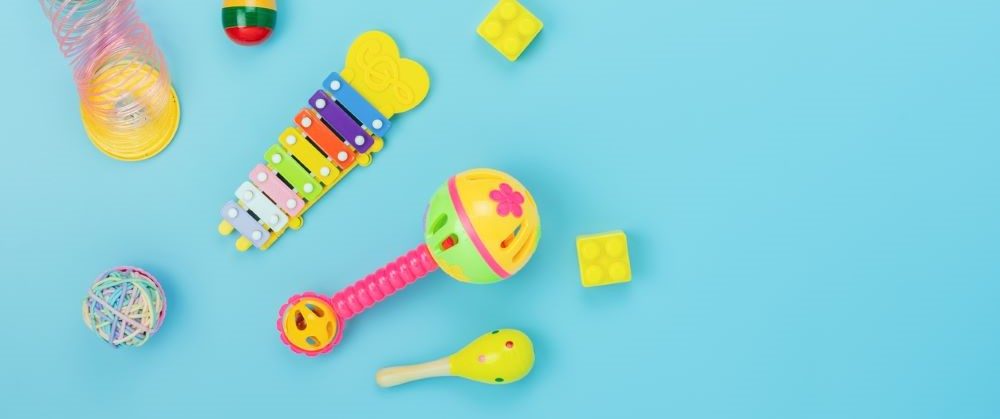As children around the country look forward to new toys this holiday season, ASHA is reminding parents about the risks of noisy toys—particularly for young children. Even low-technology toys such as squeaking toys can make sounds up to 85 decibels. That’s louder than a lawnmower!
A number of recently published ASHA journals articles provide additional insight into childhood hearing and preventative steps that parents, caregivers, and teachers can take. Check out some highlights below.
Loudness, Hearing Thresholds, and Preventative Measures
Developmental Changes in the Perception of Vocal Loudness and Voice Quality in 3- to 6-Year-Old Children: ASHA notes that noisy toys may even sound up to 10 decibels higher if children are holding these toys up to their ears. This is particularly noteworthy given these researchers’ findings—that children’s ability to determine loudness improves with age, meaning that younger children cannot distinguish a toy that is too loud.
The Relevance of Leisure Noise to Hearing Threshold Shifts: A Longitudinal Analysis Among Adolescents: In this article, researchers examined changing hearing thresholds in adolescents—and whether or not this was related to high amounts of leisure noise. Although they didn’t find a correlation, they showed that male adolescents showed a higher incidence of developing hearing threshold shifts. The authors advise prevention programs to focus on this group.
Dangerous Decibels Program in Elementary and Middle School Students: Effectiveness After a 6-Month Follow-Up: Authors investigated if they could get 10- to 12-year-old students to take a more active role in safe listening through a program including an online game. Ultimately, students who participated improved not only their knowledge of safe listening, but reported to practice better safe listening behaviors.
More Resources on Safe Listening for Children
ASHA’s Noise and Hearing Loss Prevention page contains information not just on noisy toys but classroom acoustics and tips for listening to headphones with popular electronic devices. Of course, it’s never too late in one’s life to look into hearing loss prevention: The page also contains information about workplace hearing hazards for adults!
You can learn more about hearing loss and hearing loss prevention in children in a number of ASHA Journals, particularly the American Journal of Audiology. Also, Language, Speech, and Hearing Services in Schools provides the latest advice for school-based audiologists, teachers, and other professionals. Finally, Perspectives of the ASHA Special Interest Groups bridges the gap between research and practice with articles that audiologists can use in their daily work.
This holiday season, be sure to give gifts that promote safe listening for children. We hope that these resources can help everyone make the right choice—no matter how you choose to give this month.







